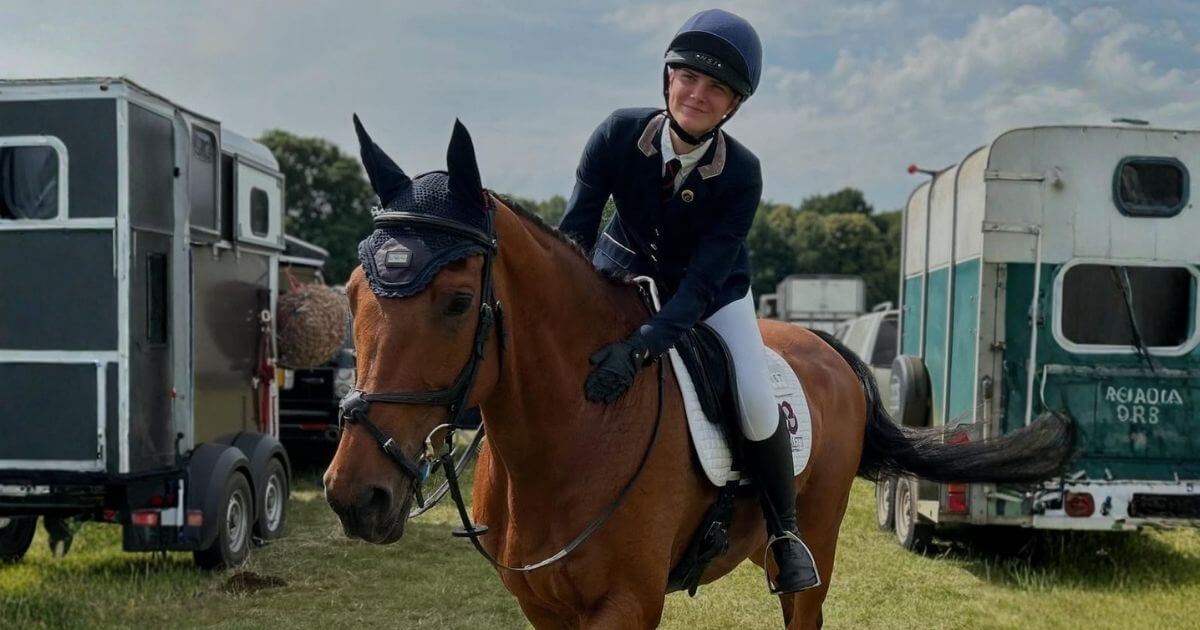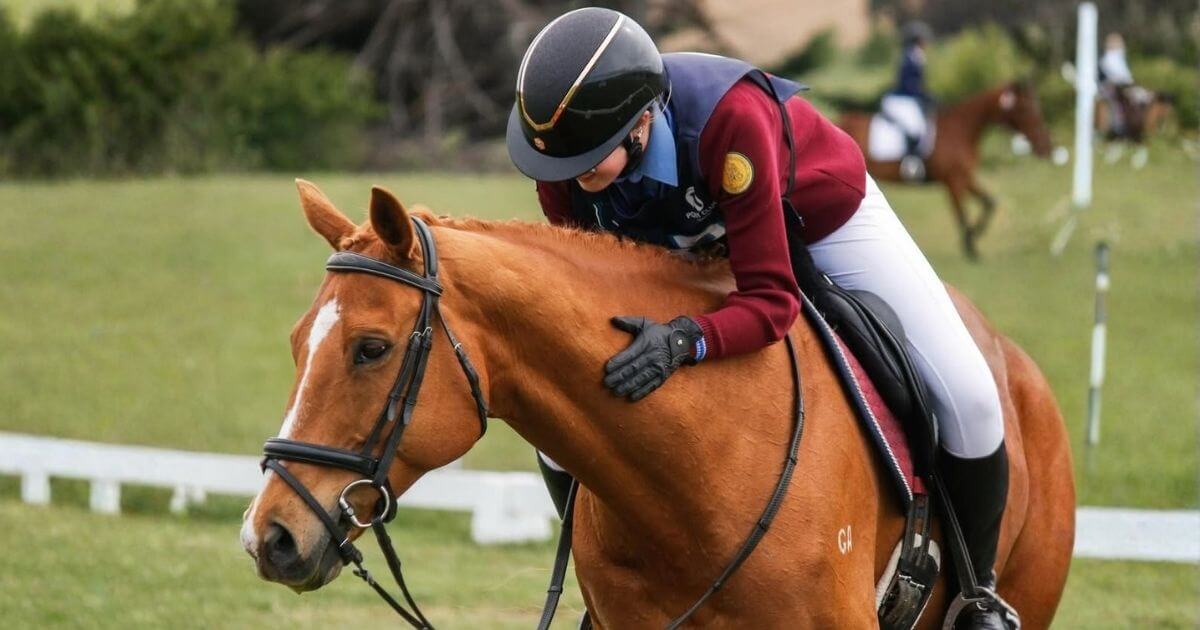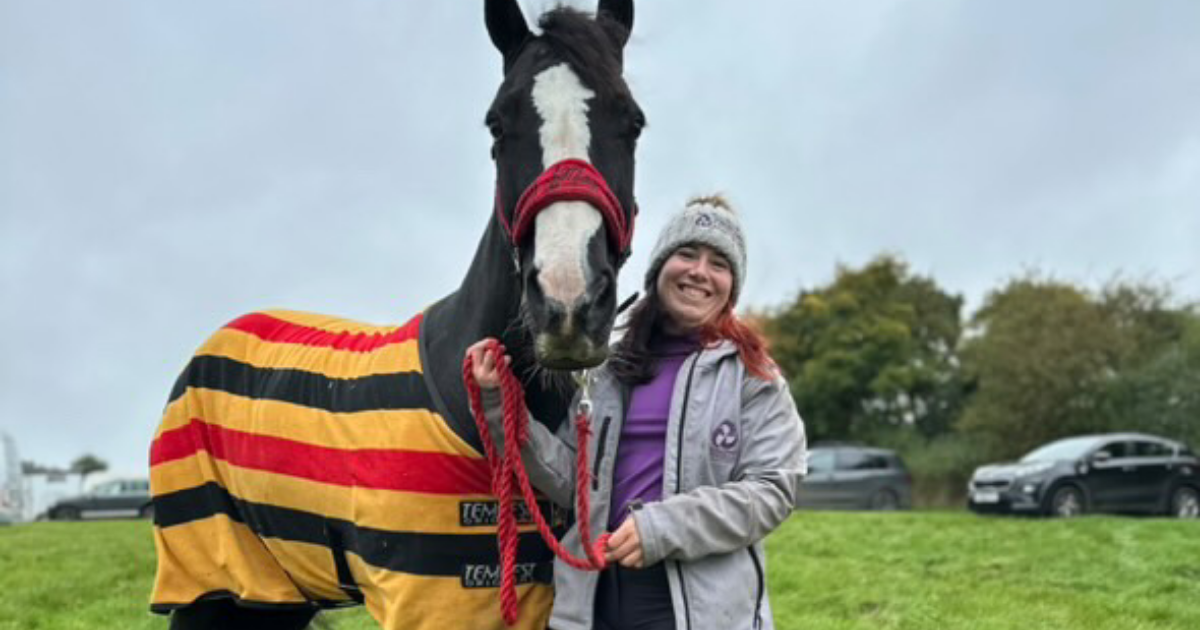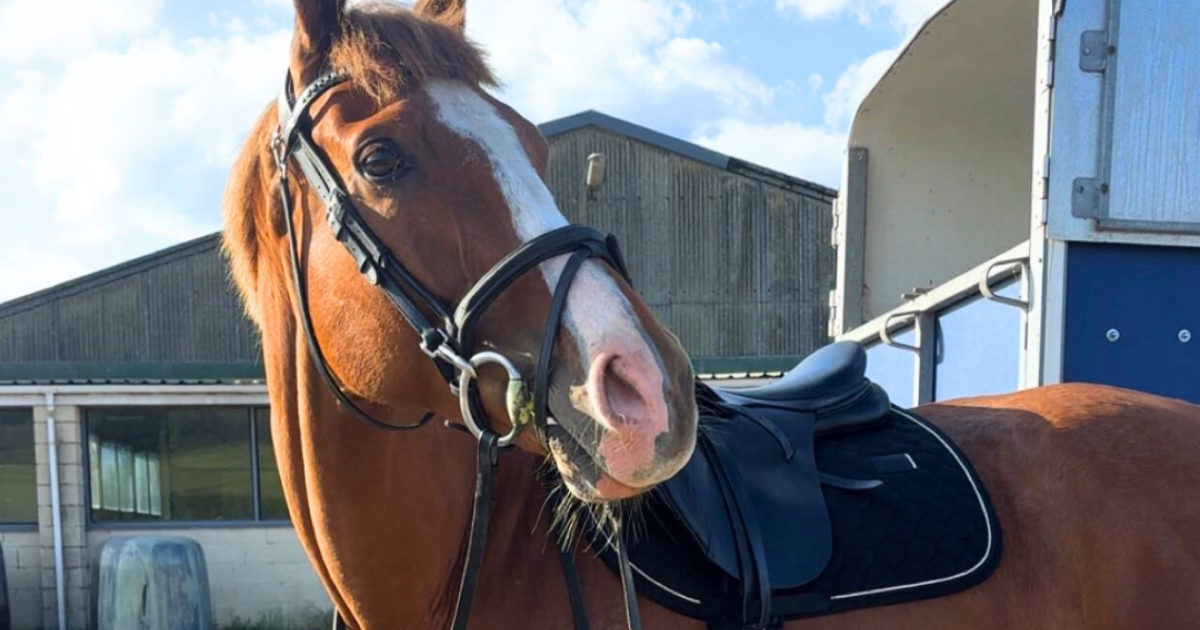Choose The Right Bridle For Your Horse: A Guide
Introduction
A bridle is a very important piece of equipment for any horse. It can be made of leather, nylon, or other durable material and has a vital job, allowing you to communicate with your horse when you ride. To ensure the rider's position is safe and comfortable, it is important to secure your horse bridle fitting correctly in order to influence movement and be effective.
When fitting a bridle, there are a few things you need to take into account. The parts of the bridle, the horse's head shape and size, and the rider's preferences all play a part in how to get a perfect bridle and fit it correctly. In this guide, we'll take you through the different types of bridles and how to fit a bridle for your horse.
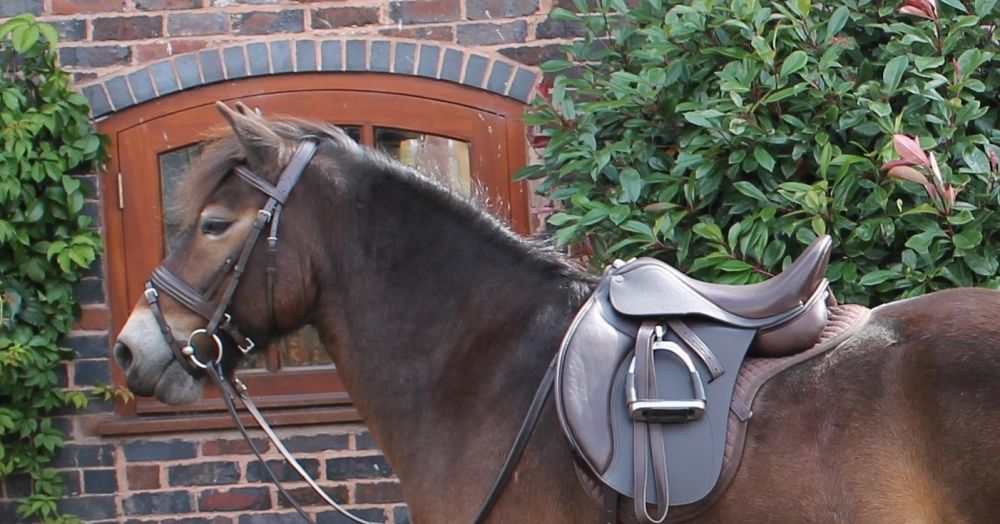
In order to make sure that both you and your horse have a comfortable bridle fitting experience, here is a quick guide on how to fit a bridle.
First, make sure that the bridle isn't too big or too small for your horse's head by using the following points as a guideline:
Comfortable Fit
- The bridle should fit comfortably around your horse's jaw with an inch of space between your horse's face and the cheek piece. If there is less than an inch clearance, the bridle fit may be too tight.
Enough Space
- There should be enough room behind your horse's ears so that you can easily slip two fingers between the bridle straps and his poll which lies directly between his ears. If bridle straps are sitting on top of your horse's ears, the bridle is too big. If there isn't enough room for two fingers to fit between the bridle and poll, then the bridle is too small.
Avoid Gap
- The noseband should lie just below your horse's cheekbone in front and also in the back. There shouldn't be a gap between the noseband and your horse's face.
- If you have to pull much more than an inch away from your horse’s jaw in order to get a finger behind the cheek piece, the bridle fit may be too big. If so, you'll need a bridle with smaller cheek pieces.
- If you can see the bridle's throat latch when you view your horse from the side, or there is a space between the bridle and the jaw bone, the bridle is too big. You'll need a bridle with smaller cheek pieces.
- If the noseband hangs below your horse's cheek or touches your horse's mouth, the bridle is too small. You'll need a bridle with larger cheek pieces.
Now that you have an idea of how to fit a bridle by using your horse's head shape as a guideline, it is now important to understand the different parts of the bridle and their purposes.
Parts of a Bridle
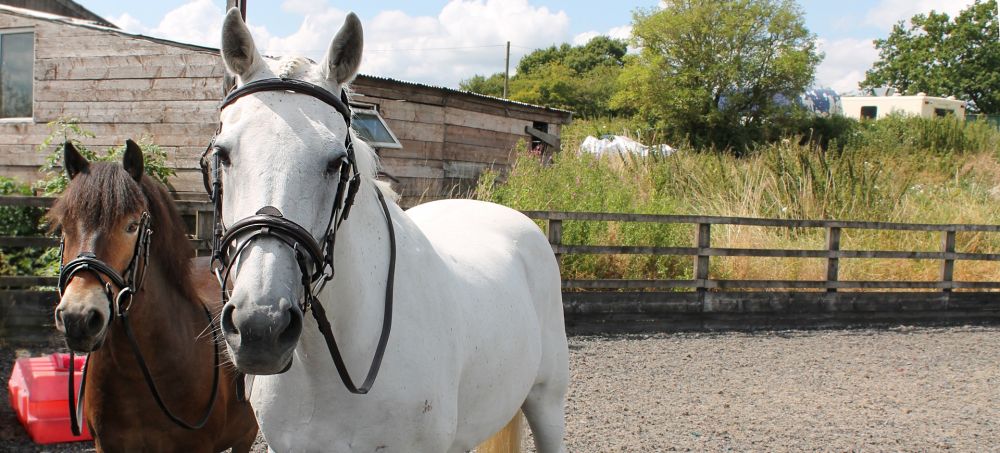
The bridle has five main parts: the browband, cheekpieces, noseband (also called nose strap), bit, and reins.
1. Browband
It sits across your horse's forehead right between their ears, this is where the crownpiece of the bridle attaches to form a continuous band between the headstall and the halter.
2. Cheekpieces
Attached to either side of the browband are cheek pieces that go down along your horse's cheekbones on both the upper and lower jaw.
3. Noseband
It sits on your horse's nose and is adjustable so you can create a comfortable fit that keeps tension off of your horse's jaw.
4. Bit
A bridle bit (often shortened to "bit") sits inside your horse's mouth and attaches to the bridle via cheek pieces and directly under the bridle's crown piece.
4. Reins
Reins are attached to both sides of the bit at either side of your horse's cheek or nosebands and will enable you to give direct signals to guide your horse forward while you ride.
When doing horse's bridle fitting, make sure that all parts are properly adjusted to maintain proper balance and for comfort and safety.
Adjust Cheek Pieces and Bit Height
- Place the bridle over your horse's head so that their ears are in between both cheek pieces.
- Fasten all four of the bridle straps by inserting the bit into your horse's mouth and fastening both throat latch straps, making sure that they don't hinder your horse's breathing ability or get tangled up with each other.
- Slide the browband to sit just above your horse's eyes and behind his ears, but not too high as this will cause discomfort when he nods his head. This step may require a little assistance from you or another person if it is hard for you to see what you're doing - make sure not to add excessive force or pull too hard on either side.
Check the Browband and Noseband
- The bridle's browband should sit just above your horse's eyes and behind his ears.
- Check that the bridle fit is not too tight on your horse's head by running a finger under each of the bridle straps on either side of your horse's cheek or noseband - there should be about an inch space between your horse's face and bridle where it attaches to make sure that the bridle isn't too small for his head.
- If you can't fit two fingers underneath, adjust the bridle cheek pieces out until they reach this point. You may also need to loosen or tighten up on one or both reins which connect to the bit in order to create enough space.
- The noseband should lie just below your horse's cheekbone in front and also in the back. There shouldn't be a gap between the noseband and your horse's face.
Adjust the Noseband/Nose strap
- It is important not to have a tightly buckled noseband, as it can cause too much pressure and cause excessive force on the horse.
- If you cannot fit two fingers underneath the bridle noseband and it is causing too much pressure, adjust the bridle cheek pieces out slightly to avoid muscle tightening.
- Once there is enough room to slip two fingers between your horse's skin and bridle, make sure that the bridle noseband isn't too tight on your horse's nose by running a finger down under it to check how much give it has.
- If the bridle noseband isn't adjustable or is difficult for you to loosen/tighten up yourself, ask someone with experience in bridles to help.
Adjust the Throatlatch Bridle Strap
- Make sure that the bridle's throat latches are not too tight by running a finger under them where they attach to either side of your bridle’s crown piece.
- If you cannot fit two fingers underneath, loosen or tighten up on one or both reins which connect to the bit in order to create enough space for your horse to be comfortable.
- If the bridle noseband is adjustable and there isn't enough room to slip two fingers between your horse's skin and bridle, adjust bridle cheek pieces out slightly.
More of Cheek Pieces and Bit Height Adjustment
- Once there is enough room to slip two fingers between your horse's skin and bridle, make sure that the bridle cheek pieces are not too tight on his cheeks by running a finger down under them where they attach to either side of the bridle's crown piece.
- If you can't fit two fingers underneath, adjust cheek pieces out slightly.
- If bridle cheek pieces are adjustable and there isn't enough room to slip two fingers between your horse's skin and bridle, adjust bridle bit height (where it attaches below the bridles crown piece) up or down depending on how much give there is in the bridle cheek pieces.
By following these simple guidelines, you can make sure that your horse is comfortable while wearing a bridle. If you're still having trouble fitting a bridle correctly on your horse after trying these tips, please don't hesitate to reach out to a professional. They will be more than happy to help!






